This recommended reading list is accompanied by three essays, from Seta Kabranian-Melkonian, Ara Oshagan and Mireille Rebeiz, leading up to the annual remembrance of the Armenian Genocide, on April 24th.
Mischa Geracoulis
With April 24th on the horizon, a date indelibly inscribed into the calendars of Armenians worldwide, The Markaz Review, along with international historians, scholars, and governments, recognizes 2023 as the 108th year since the launch of the Armenian Genocide. April 24th, 1915, “Red Sunday,” marked the launch of the Ottoman Turkish government’s coordinated destruction of the empire’s ethnic Armenian population. On that day, hundreds of Armenian intellectuals and professionals living in Constantinople (modern day Istanbul), capital of the Ottoman Empire, were rounded up and arrested by Turkish authorities. Subsequent massacres and mass deportations of Armenians from Anatolian Turkey led to the death of an approximated 1.5 million Armenians, paving the way for an ultranationalist Republic of Turkey.
Not all genocides are the same, especially in the way they are framed by the international community. Legal and moral redress stands out among the differences. The Jewish Holocaust, for example, has been recognized as a moral issue — rightly so — and as crimes against humanity. The prosecution of its perpetrators set the stage for a host of international laws, the inception of the United Nations Genocide Convention, and the drafting of the Universal Declaration of Human Rights. Unlike the Holocaust, the early 20th century’s systematic extermination of Armenians by the Ottomans has been politicized, dragged through a protracted purgatory, and left unrecompensed.
Another differentiating feature of the Armenian case is the depth and breadth of the Republic of Turkey’s tiresome, century-long genocide denial campaign. Irrespective of reams of official recorded evidence and primary sources documenting the Ottoman Turks’ crimes against Armenians, despite the fact that 31 nations (32 if you include the Vatican) have formally recognized those crimes as genocide, Turkey and its closest ally, Azerbaijan, are unremitting in their denialist ploys.
Domestically, if citizens question official genocide denialist policy, they risk violating Article 301 of the penal code for “insulting Turkishness.”[i] The internal stranglehold on truth is otherwise maintained by tendentious history textbooks, and through government and media propaganda. In matters of international consequence, Turkey holds sway by leveraging its relationship with other governments and organizations, thereby complicating multinational geostrategies, and by funding Turkish studies chairs in universities outside of Turkey, as well as lobbyists to the U.S. Congress. Thus, issues of morality, justice, and restitution for Armenians have not gained the same traction as has the Holocaust.
Accordingly, reasons for spotlighting April 24th are multifold. To remember the day is to assert that crimes against humanity are moral and legal issues, not political. The act of public remembrance affirms universal human rights, and stands up for any group anywhere that has faced, currently faces, or may in the future face the threat of erasure at the hands (or drones or AI) of another group. It’s an admonishment that facts matter. Commemorating the Armenian Genocide imparts power to the promise “Never again,” lest it dwindle to token sloganeering.
For many Armenians, the day is a reminder of innate grit, determination, and resilience. In 2023, against the backdrop of ongoing Azerbaijani-induced humanitarian crises in the autonomous Armenian region within Azerbaijan known as Nagorno-Karabagh (“Artsakh” in the Armenian language), William Saroyan’s spirited words may invariably be invoked: “There is war in the world. Destroy Armenia. See if you can do it.”[ii]
Indeed, there is war in the world, and the Armenians of Artsakh fight to stay alive. Not in the shadow of World War I, as before, but under the cloud of an Azerbaijani blockade unnoticed by much of the world.
Armenians are an enduring people, to borrow from the title of Lucine Kasbarian’s 1997 encyclopedic volume.[iii] Genocide has given rise to a vibrant Armenian diaspora scattered across at least 100 countries, “becoming Armenians in new ways, in new places.”[iv] Transcending borders, the Armenians’ literary, artistic, and creative endeavors are reflective not only of a missed or mythical homeland, but often of the cosmopolitanism and linguistic facility acquired by zigzagging about the world.
In any society, one function of artists, writers, satirists, and performers is to bring to the fore subject matter that people might prefer to ignore. In keeping with that purpose, the following highly abridged and slightly eclectic list, ordered by latest publication date, not by importance, and limited only by space, dips into the vast trove of Armenian diasporic works relating to themes of homeland and dislocation, identities and cultural transmission, and some measure of liberation and redemption.
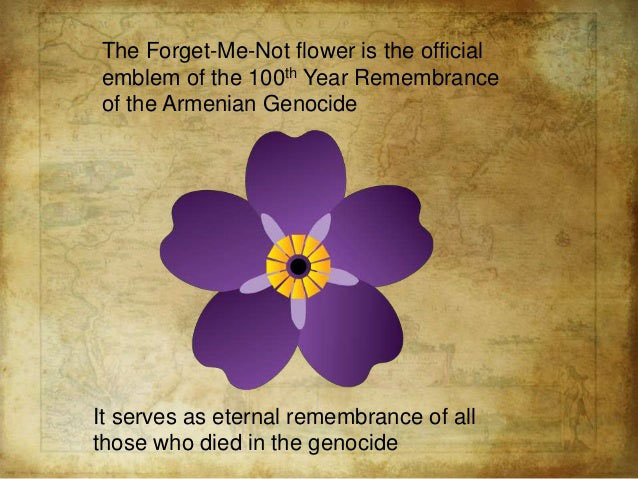
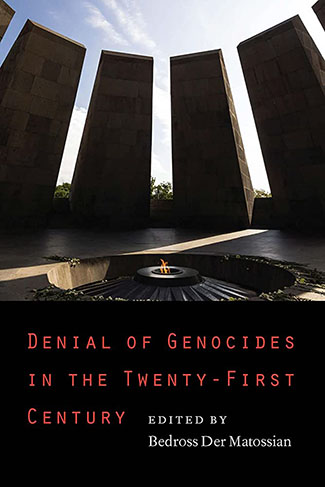
Denial of Genocides in the 21st Century by Bedross Der Matossian (University of Nebraska Press, 2023)
An investigation into genocide denialist tactics, both the time-tested and the more novel versions, this latest book by professor of modern Middle East history, Der Matossian, presents a collection of case studies, including the Armenian Genocide, the Holocaust, Cambodia, Bosnia, Rwanda, Syria, and Guatemala. When analyzing the popular schemes used today, Der Matossian and the other contributors focus on propaganda, misinformation, disinformation, and fake news campaigns, as well as the weaponization of free speech and social media to “gaslight” minds, and obscure truth and justice.
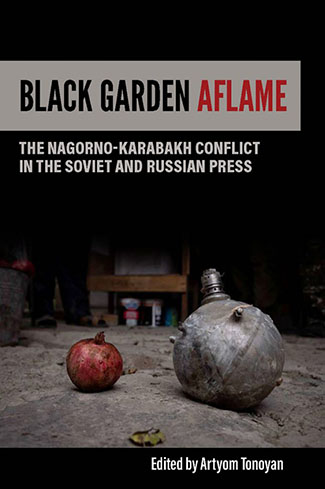
Black Garden Aflame: The Nagorno Karabakh Conflict in the Soviet and Russian Press by Artyom Tonoyan (East View Press, 2021)
In this veritable volume, the conflict in the “black garden” that is otherwise known as Nagorno Karabakh is brought into sharper focus. Tonoyan, professor of sociology and global studies, explains much of what the Western media either does not know, or does not show. Detailing the region’s history from the late 1980s through 2020, the book is written and organized in a manner accessible to both scholars and general readers. Published before Russia’s invasion of Ukraine, Black Garden also offers unexpected insights into the contemporary, as well as historical, ambitions of Russia.
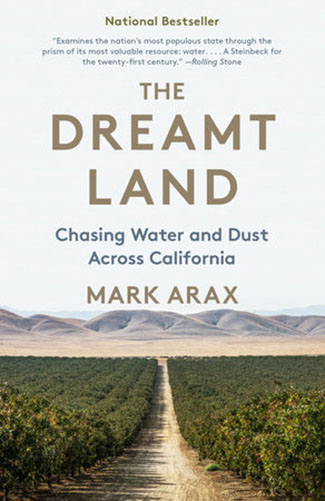
The Dreamt Land: Chasing Water and Dust Across California by Mark Arax (Penguin Random House, 2020)
Surveying California’s Central Valley, a terrain not entirely unlike that of ancient Armenia and heavily settled and farmed by Armenian Genocide survivors, Arax takes stock of, and pays homage to, the region that produces crops for dinner tables across America, and for massive export too. Arax’s storytelling is never far removed from his Armenian roots, but this genocidal chronicle is of a different nature. As human-induced climate catastrophe and extractive practices threaten the Golden State, The Dreamt Land is a wakeup call to the realities of greed and over-commodification of natural resources.
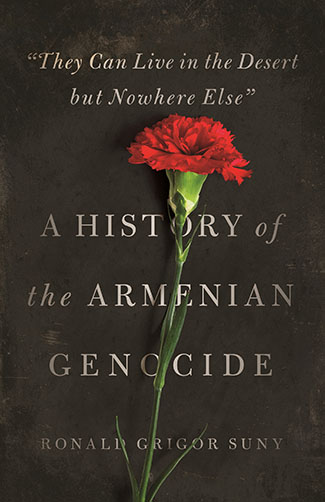
They Can Live in the Desert but Nowhere Else: A History of the Armenian Genocide by Ronald Grigor Suny (Princeton University Press, 2020)
Aided by his two daughters and a cast of equally dedicated researchers, Suny cuts through argument and confusion around the Armenian Genocide of 1915. He takes a hard look at the complexities of the genocide — from preceding events to its framing then and now, with special attention paid to today’s unabashed, unconscionable use of propaganda and lies to construct alternative depictions of reality. As a professor of history and political science, Suny argues that Armenians and Turks must deal with the collective and generational traumas; or else their identities and destinies, for good or ill, will remain entwined.
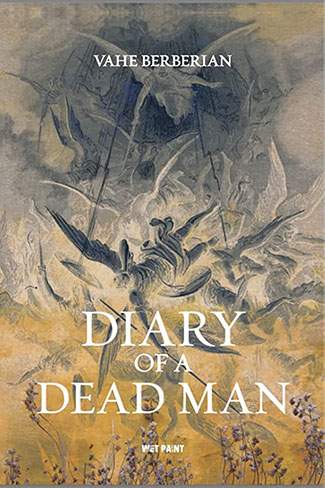
Diary of a Dead Man by Vahé Berberian (Wet Paint Publishing, 2018)
Whether employing visual or performance art, fiction, or personal narrative, Berberian is a natural-born storyteller. Spinning a saga that crosses continents from North America to the Middle East, and epochs from the 1870s to the present day, this work of historical fiction brings huge and unwieldy events, like war, to a pedestrian, personal level. Facing down existential threats to body, mind, and spirit, something akin to enlightenment emerges for the novel’s protagonists, and perhaps for the reader too.
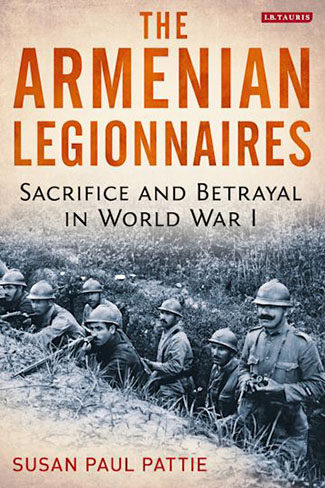
The Armenian Legionnaires: Sacrifice and Betrayal in World War I by Susan Paul Pattie (Bloomsbury, 2018)
Cultural anthropologist and co-founder of London’s Armenian Institute, Pattie delves into a 10-year history of the young Armenian men who survived the Genocide only to willingly return to fight the Ottomans between 1916 and 1921. The Légion d’Orient, later renamed the Légion Arménienne, was a French-trained and led military force that played significant, albeit lesser-known, roles as part of the Allied Powers in which its members had placed their hopes and trust. Pattie illuminates how promises broken by the French and British had much to do with the imperialistic partitioning of the Levant, and are key to understanding the ongoing socioeconomic and political imbalances and injustices now.
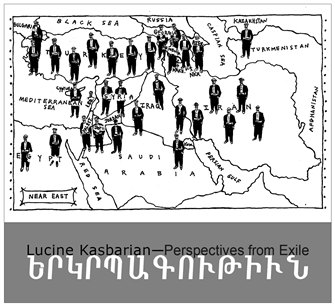
Perspectives From Exile by Lucine Kasbarian (Thompson Gallery & Cambridge School, 2015)
A high powered, thought-provoking lens is turned on the hyperbole and contradictions surrounding issues such as propaganda, free speech, and identity politics. Most pointedly, author, journalist, and editorial cartoonist Kasbarian confronts the Armenian Genocide denialist campaign of the Republic of Turkey with incisive wit and satirical illustrations. Exercising artistic license and dramatic flair, Kasbarian’s cartoons interrogate and respond to the messaging of both modern and Ottoman Turkey.
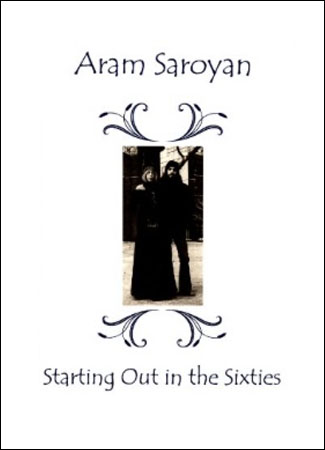
Starting Out in the Sixties: Selected Essays by Aram Saroyan (Talisman House, 2011)
Prolific poet, writer, and artist whose surname needs no introduction, Saroyan the Younger, offers a collection of essays that portray the 1960s as a decade of social and political upheavals wrought by agitation and art. His book provides commentary on the era, both generally and personally. Influenced by the locations, people, and ideas amongst which he was immersed, Saroyan reflects on the ideals and pitfalls of the flower power generation, the imposition of advertising on literary publishing, and the process of writing.
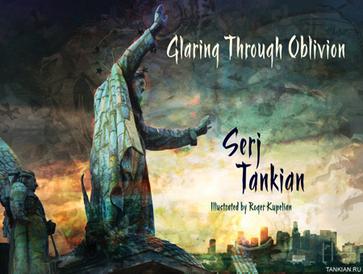
Glaring Through Oblivion by Serj Tankian (HarperCollins Publishers, 2011) Poetry
Written on the heels of 9/11, this book by wordsmith Tankian, best known as front man for the metal band System of a Down, sees him convert his lyrical skills into poetry adorned by the illustrations of Roger Kupelian. In his cerebral, genre-mixing fashion, Tankian protests the hypocrisies, self-righteousness, and “manufactured consent” (in a nod to Chomsky) of imperialism and war, and waxes poetically and politically on behalf of democracy and the U.S. Constitution’s First Amendment.
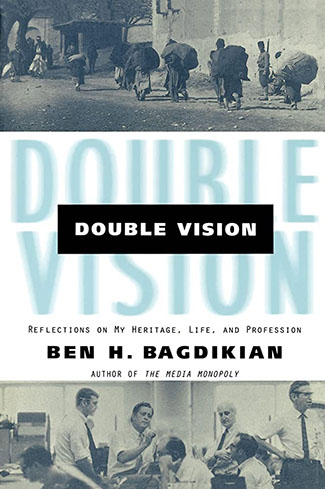
Double Vision: Reflections on My Heritage, Life, and Profession by Ben Bagdikian (Beacon Press, 1997)
A native son of Anatolia, Bagdikian was born in 1920 Marash, a dangerous time and place for Armenians. Finding asylum in the U.S., Bagdikian grew up in a family keenly attuned to matters of truth and justice. Famous for his lifelong work as an investigative journalist, professor, and media analyst, Bagdikian’s illustrious career included a central role, along with Daniel Ellsberg, in leaking the “Pentagon Papers.” His memoir is as inspirational as it is cautionary.
Notes
[i] Orhan Kemal Cengiz, “Turkey Resurrects Deadly Article 301 Against Dissent,” Al-Monitor, October 24, 2019.
[ii] William Saroyan, Inhale and Exhale (Random House, 1936).
[iii] Lucine Kasbarian, Armenia: A Rugged Land, An Enduring People (Dillon Press, 1997)
[iv] Susan Paul Pattie, The Armenian Legionnaires: Sacrifice and Betrayal in World War I (I.B. Taurus, 2018).



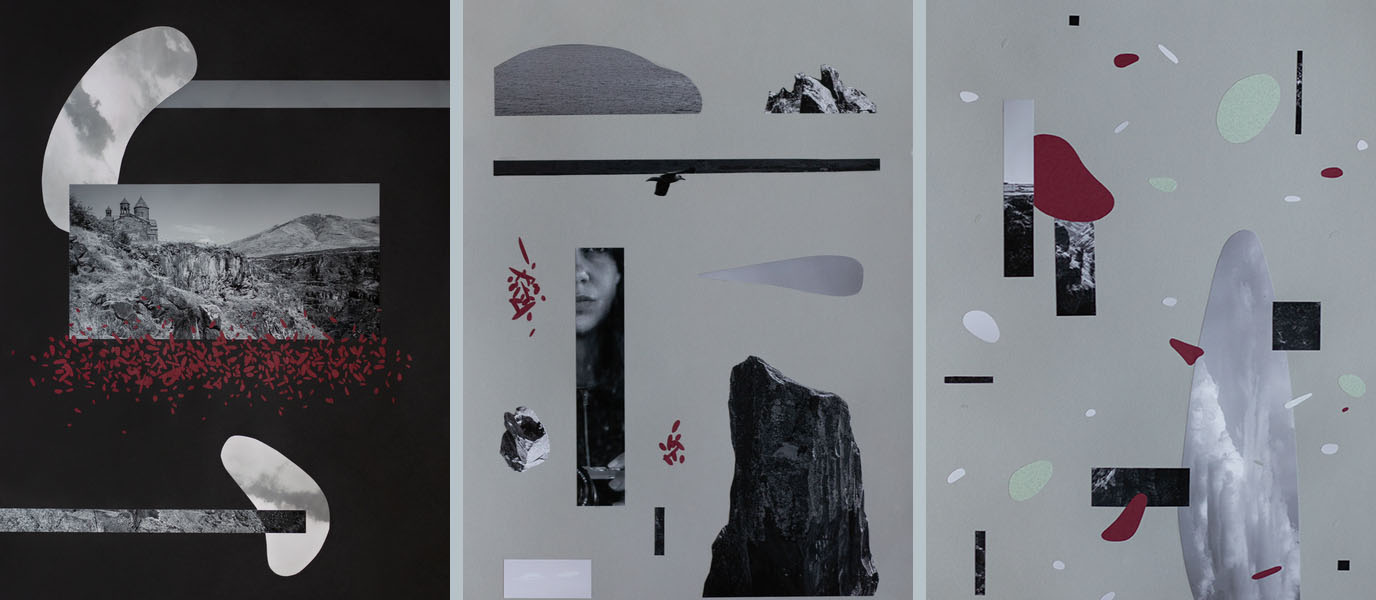

You really put a lot of thought and energy into this. Hope you receive $$$ for your hard work!!
Thanks for this excellent resource and for your lucid and spot-on analysis! This is a keeper!
Expertly curated reading list! Saved it and can’t wait to get started on your recommended reads.